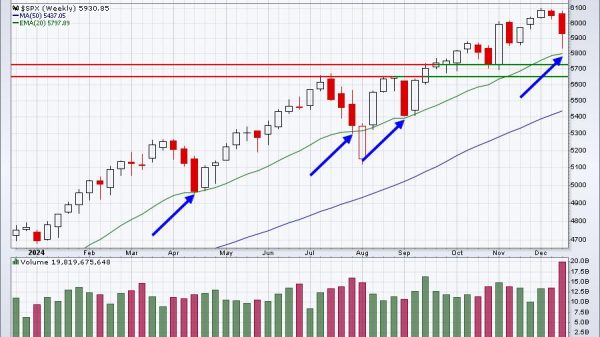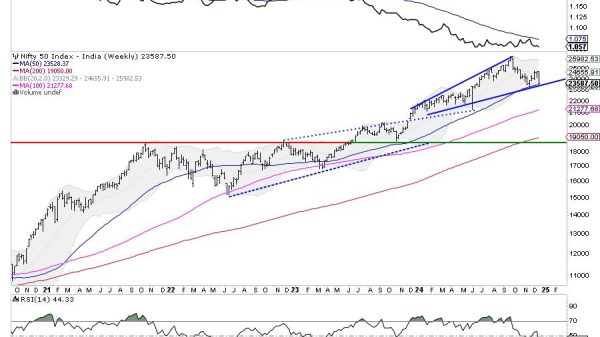As inflation continues to surge and worries around an incoming recession grow, SMEs are starting to brace for widespread redundancies, new research has found.
Despite it being a decision most employers don’t take lightly, the employment expert Citation, which specialises in SME advice, saw a 184% increase from June to July in the number of inbound queries from employers looking for advice around redundancies.
As financial pressures continue to build, and more businesses look at the tough decisions they may be required to make to navigate the uncertain economic climate, Citation is warning that firms need to consider all options before opting to make redundancies.
One of these areas that businesses must look at before making any decisions is how much staff redundancy will cost.
There are many factors to consider when costing this up, such as an individual employee’s length of service, age and salary, and this can lead to confusion amongst business owners. To help employers make the best decision for their business, Citation has created a redundancy calculator to ensure firms have all the core information. An employee would also be due notice pay, which again could be a significant sum especially if they have longer service.
Gill McAteer, director of employment law at Citation, said: “These are very challenging times for businesses, with inflation of goods and services, including the energy crisis and economic uncertainty causing worries for firms of all sizes, but in particular SMEs.”
Last month alone, the Office of National Statistics (ONS) found that more than a quarter of UK businesses cited “inflation of goods and services prices” as the main concern for their business, and with inflation likely to rise further, this statistic is likely to move the same way.
Gill continued: “Although it is not taken lightly by businesses, as they look to build resilience, redundancy is a common measure used. Whilst it can be an effective way to cut costs, there are other options out there that should be considered first.”
“Not only do business leaders owe it to their workforce to look at all options before redundancy, it can often end up costing them more in redundancy packages, than if they looked at other potential options such as a temporary change in working hours, reduced hours or changes to terms and conditions.”
Whilst worries around redundancy seem to be affecting all industries, the employment experts have noticed higher rates in specific industries.
With retail most affected by inflation rates and consumers cutting back spending due to the cost of living prices, Citation saw a huge rise of 426% of SMEs in this sector looking for help on how to go about making redundancies.
This was followed by the manufacturing sector at 165% and, surprisingly, the care sector at 168%.
Gill continued: “Whilst some of these figures, particularly in the care sector, could be attributed to factors outside of the cost of living and inflation, such as funding, the pandemic and Brexit threatening business viability, the current economic situation is accelerating business decisions on how they will cut costs.”
Read more:
UK SMEs brace for steep rise in redundancies – employment expert warns
























